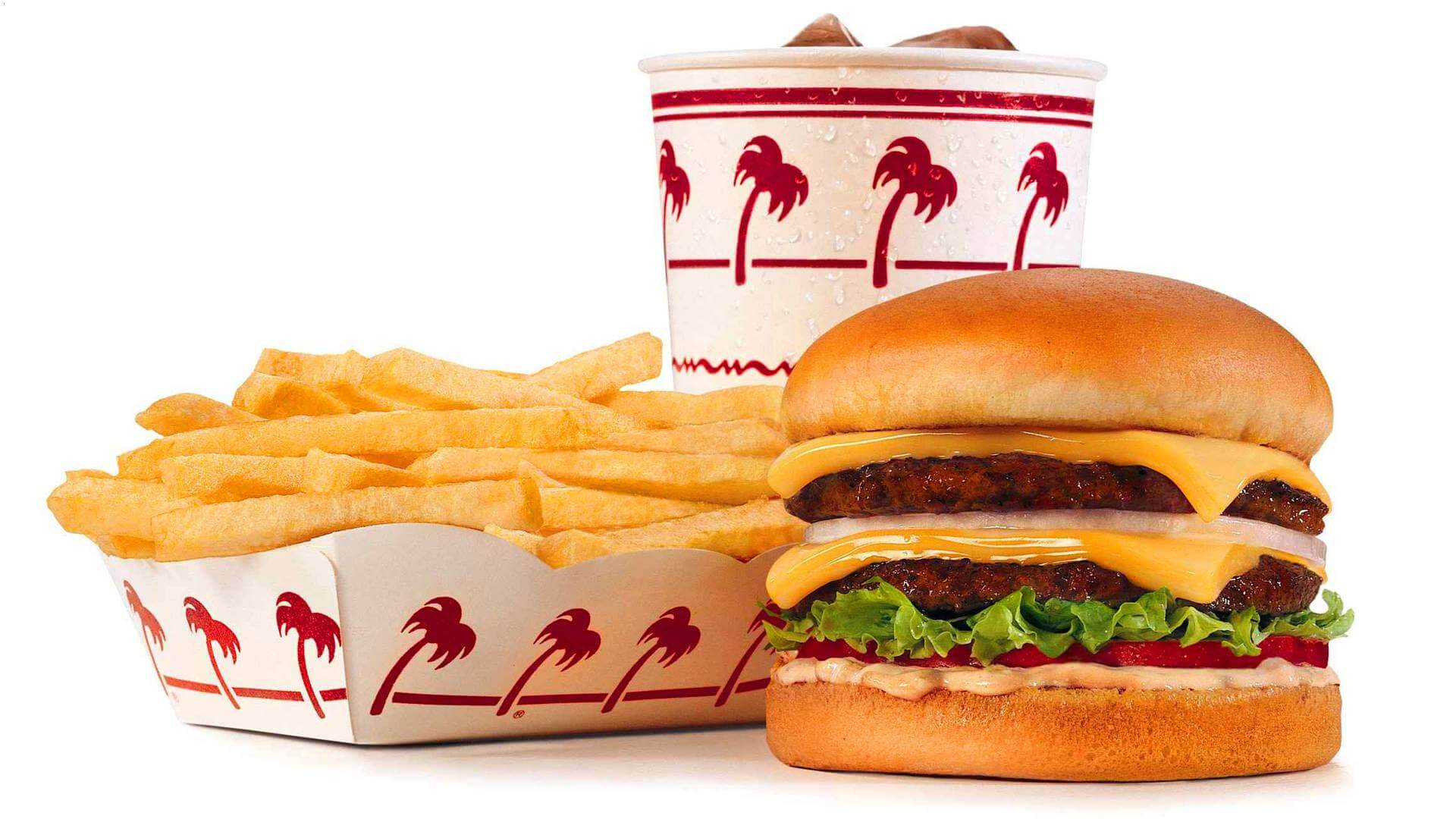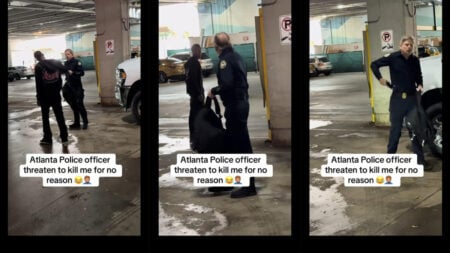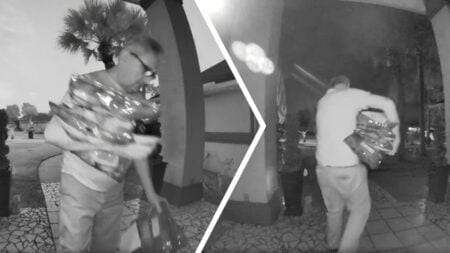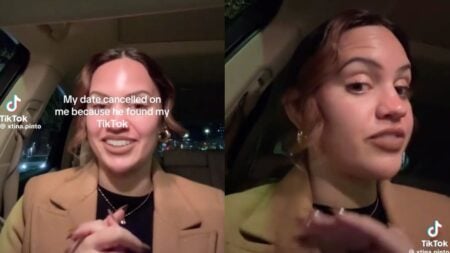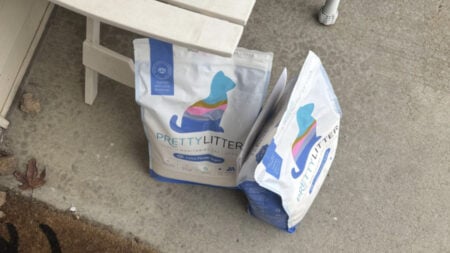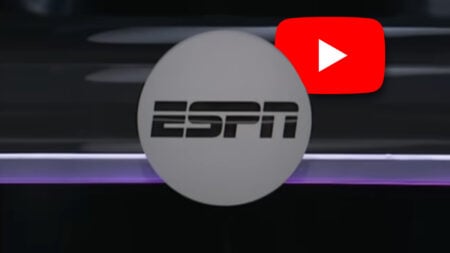Picture this scene: you are sitting at your favorite restaurant about to enjoy a delicious bowl of hot and sour soup. Suddenly, and inexplicably, the group at the table next to you take out their phones and start assuming ridiculous positions. Crouching and angling themselves, they work their craft to ensure perfect lighting an focus. What are they doing? Taking pictures of their food and uploading it to Instagram, of course. What else does one do at a fine dining establishment?
This has become an all too common occurrence in most restaurants. It’s like we need photographic evidence of every meal we consume. But what purpose does this strange obsession serve?
Well, thanks to some developers at Google, those pictures might actually help people determine the caloric content of the food they are about to consume. At a recent tech conference in Boston, the developers discussed the proposed functionality of the Im2Calories AI project.
In a nutshell, the AI uses pixel depth analysis and sophisticated algorithms to identify food, determine the portion size, and estimate caloric content. This has obvious applications in the world of dieting and food diaries. Why go through all the trouble of looking up how many calories are in that double bacon cheeseburger when you can just take a picture and have Im2Calories give you a pretty accurate estimate?
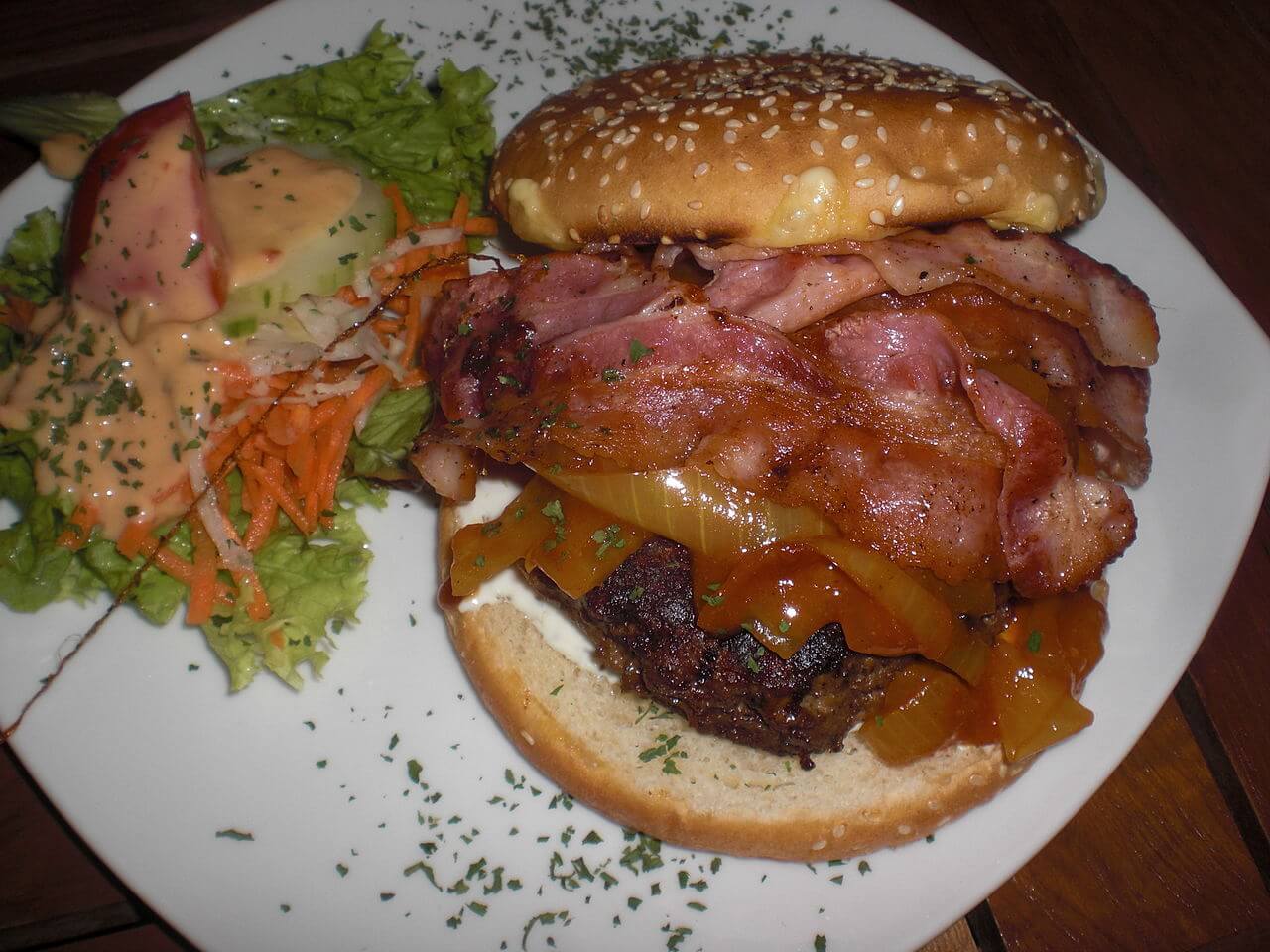
But helping users count calories is only one possible application for this new AI. Google spokesman Jason Freidenfelds describes other potential scenarios:
If we can do this for food, that’s just the killer app. suppose we did street scene analysis. We don’t want to just say there are cars in this intersection. That’s boring. We want to do things like localize cars, count the cars, get attributes of the cars, which way are they facing. Then we can do things like traffic scene analysis, predict where the most likely parking spot is. And since this is all learned from data, the technology is the same, you just change the data.
That would definitely be another feather in Google Maps’ cap and yet another reason to use it over Apple Maps. Can you imagine an app that would be able to find you an open parking spot or even more accurate traffic data? I, for one, welcome our new robot overlords. At least they can find me some decent parking.

